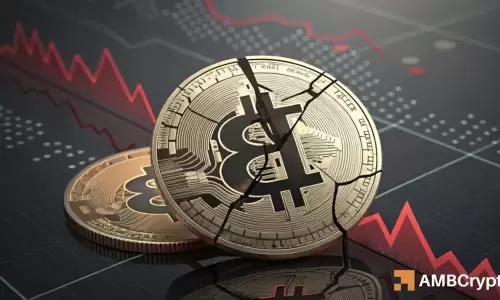
The Pi Network (PI) token is currently going through a delicate phase, highlighted by a significant reduction in its trading volume. In the last 24 hours, this volume has decreased by over 35%, settling at approximately $46.8 million. For comparison, it was over $800 million at the mainnet launch, indicating a 17-fold decrease in activity.
This situation also reflects a decline in the PI token price, stabilizing around $0.59. This marks a decrease of nearly 80% from its historic peak of $2.99. Over the last 30 days, the cryptocurrency has lost 11.4% of its value, continuing a downward trend.
One of the main reasons behind this decline is the pressure from the increased supply of PI tokens. According to PiScan data, the network plans to unlock 231 million new tokens in May, followed by an additional 222 million in June. This represents a potential of over 1.4 billion tokens circulating over a year, equivalent to more than $850 million at current prices.
This inflationary pressure, combined with limited demand on secondary markets, enhances the risk of additional corrections in the PI token price. The lack of liquidity and absence of institutional support only worsen the situation.
A Glimmer of Hope with Technical Developments
Despite this bearish context, a few positive signals can be observed. By June 2025, the project plans to release a full SDK enabling developers to create decentralized applications (dApps) on the network. This advancement could boost on-chain activity and revitalize the ecosystem around Pi Network.
Moreover, a recent adjustment in the Know Your Customer (KYC) verification process could reduce the blocks affecting millions of users worldwide. A May 2 update now allows verified users to activate their mainnet wallet without having to fully migrate their account.
Despite the efforts of its engaged community, Pi Network faces numerous challenges. From inflationary pressure to limited listing on major platforms and delays in account verification, the PI token seems to be losing relevance in a crypto market becoming more professional.
Without a clear strategy to boost demand and secure its listing, the project could quickly fall behind. Its future will depend on its ability to offer real use cases and regain the trust of investors and developers.














































































